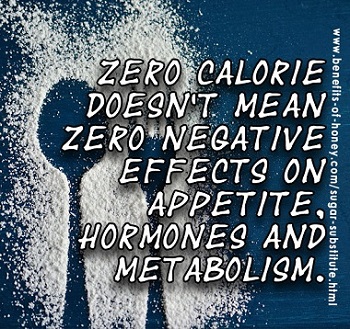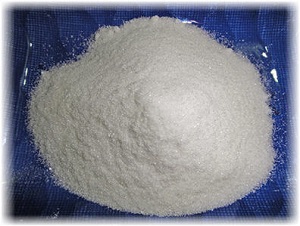sugar substitute
7 Types of Sugar Substitute [What’s Behind Each Name?]
Manufacturers are promising better and healthier forms of sugar substitute. We can rattle off many different types and names of sugars, but do you know what they are made of? How many of these sweeteners are really beneficial to our body?
1. Aspartame: Equal and Nutrasweet

Aspartame has gone into many different foods on the shelf, e.g diet coke, sugar-free candies and gums, etc. When you see a food warning label that says “Unsuitable for phenylketonurics”, this tells you that the food contains phenylalanine, an amino acid found in aspartame. People who are phenylketonuric suffer from a deficiency of an enzyme that is essential for the proper metabolism of Phenylalanine. They follow a strict “low protein” diet to avoid all food sources comprising high phenylalanine content, such as dairy products, nuts, beans, and tofu.
Get the full account of aspartame and its effects in: Aspartame – A Silent, Sweet Killer?
2. Sucralose: Splenda
Sucralose is not the same thing as sucrose, the technical name for pure table sugar. Yes, Splenda’s loudest claim is that it’s “made from sugar and tastes like sugar”. Its manufacturing process indeed starts with sugar, but the truth is it ends up lacking it because the sugar disappears in the manufacturing process!
Read about this sugar paradox in: Can You Drink Safely with Splenda?
3. Saccharin: Sweet’ n Low, Sweet Twin, and Necta Sweet
FDA maintains that while research has shown that saccharin can cause serious heath repercussions such as bladder cancer in laboratory rats, this did not necessarily hold true for humans.
Get more information in “Saccharin Hides Bitter Truth?” before you decide to continue the use of Saccharin.
4. Stevia: Steviol, Sweet Leaf
Healthy, raw, unprocessed stevia in whole leaves or powdered version is dark green in colour. Avoid stevia extracts which come in the forms of white powder or crystals. These have been highly processed. Some researchers suspect this modification could mutate DNA and cause cancer. Furthermore, when a sweet taste primes the body for a calorie delivery that doesn’t occur, the body craves for even more sweets. Hence, critics warn that stevia might backfire by triggering artificial hunger, just like other artificial sugar substitutes.
Read the full account in: Natural Stevia Better Than Artificial Sweeteners?
5. Cactus Honey Powder

Cactus honey powder doesn’t come from the bees and is not a floral variety of honey, contrary to what many people think. It’s a sweetener made from the juice of a Mexico-native cactus plant called Agave.
For a write-up on it is, read “Who Says Cactus Honey Powder is Honey!”
6. Agave Nectar
It wouldn’t be right to call agave syrup a natural raw food as the juice of the agave plant is extracted and boil it down to concentrated sugar, making it void of any nutrients that the original plant had to begin with.
Read “Is Agave Nectar Safe to Eat?” and decide if this is a sweetener for you.
7. Xylitol
Xylitol is wood sugar or birch sugar. This sugar alcohol is also known as an anti-dental caries agent. However, how safe and natural is this sweetener for me is questionable.
Find out why we need to discern when choosing a sweetener like xylitol in: Is Xylitol Really Natural and Safe?
Other Sweeteners
Table Sugar
Table sugar’s technical name is sucrose. Also known as white-sugar, it’s the most common sweetener found in home kitchen and made from highly processed form of sugar beet or sugar cane plant extracts.
Read “What is Sucrose?” to learn more about white sugar.
Brown Sugar
Brown rice is better than white rice, but that doesn’t make brown sugar better than white sugar. If you think you are eating more healthily by replacing white sugar with brown rice, I’m afraid you have got it all wrong.
“Don’t Delude Yourself with Brown Sugar” will provide you with more insights on brown sugar.
High-Fructose Corn Syrup
The name high fructose corn syrup suggests substances that are natural and healthy, but it’s nothing more than a highly processed sweetener made from white corn starch.
You will start minimizing HFCS in your diet and go for fresh, whole foods after reading “Sugar is Bad, But is High Fructose Corn Syrup Worse?”